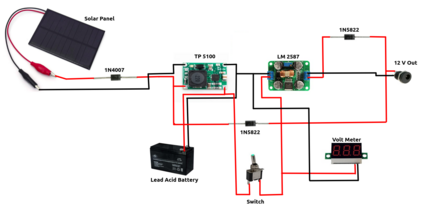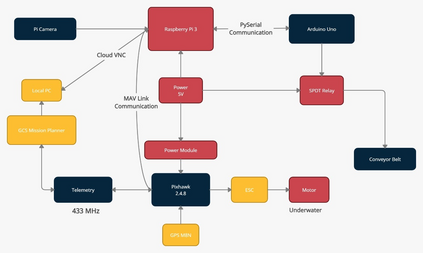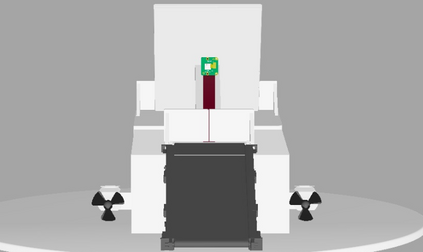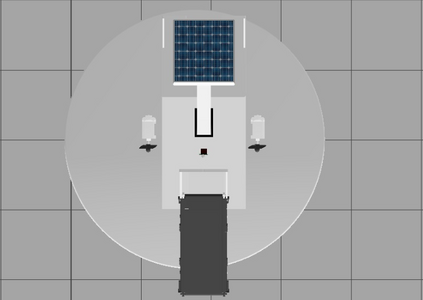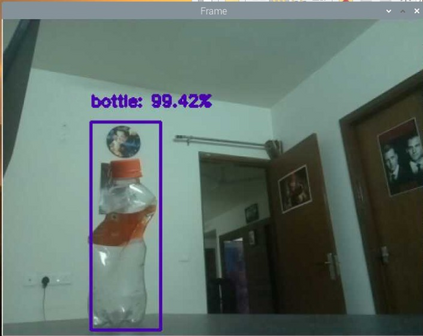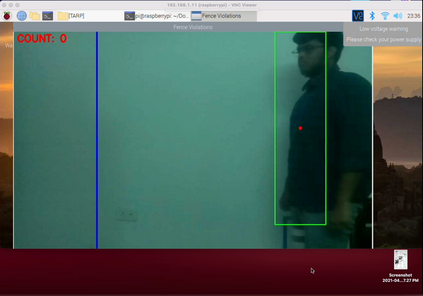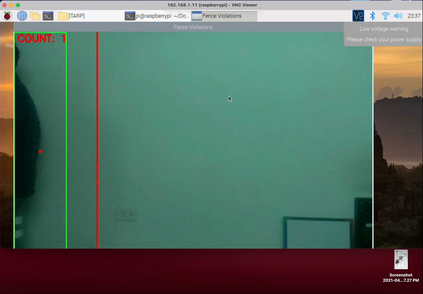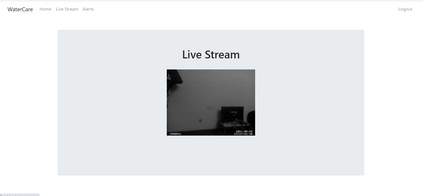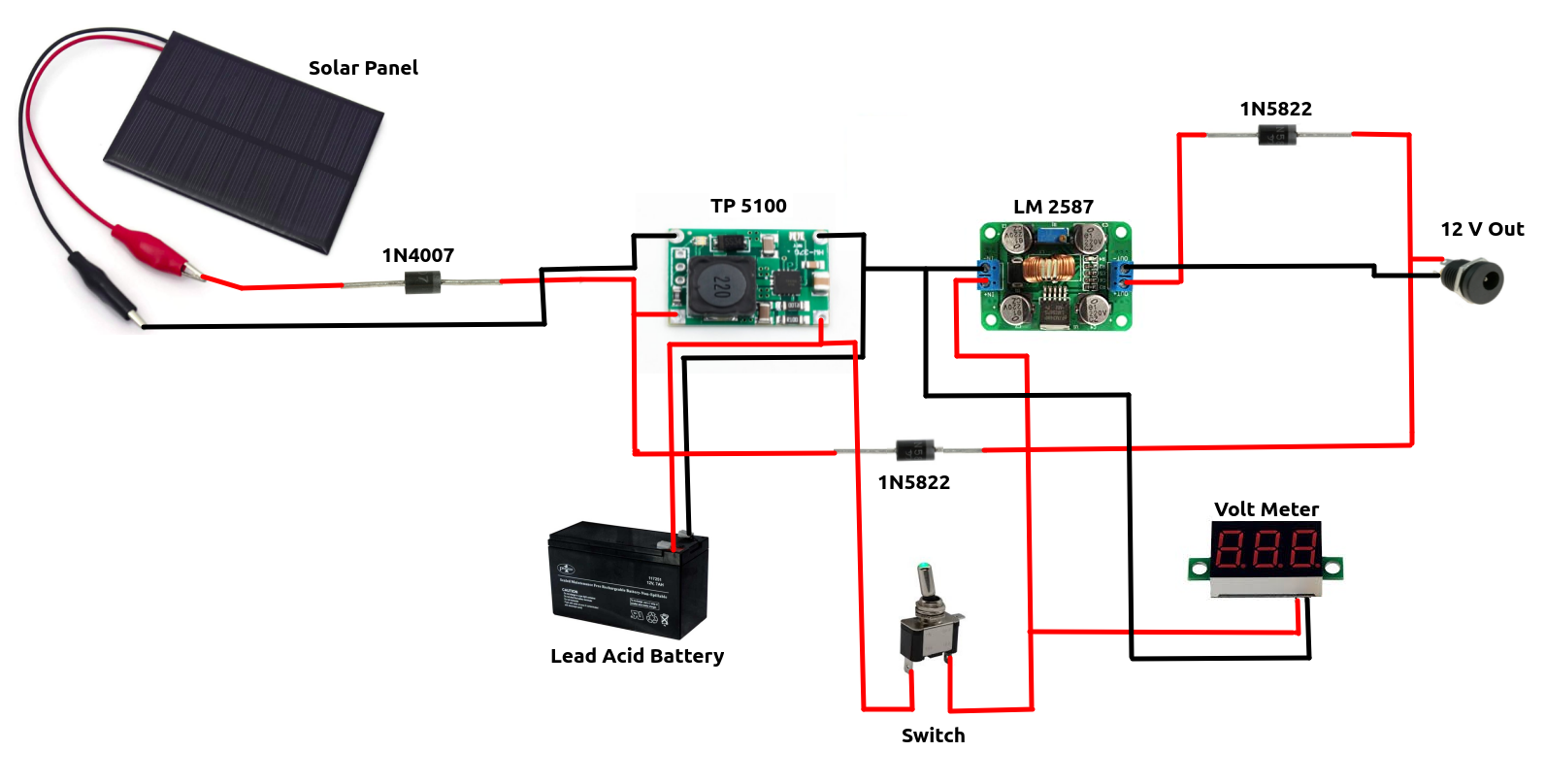Whenever a person hears about pollution, more often than not, the first thought that comes to their mind is air pollution. One of the most under-mentioned and under-discussed pollution globally is that caused by the non-biodegradable waste in our water bodies. In the case of India, there is a lot of plastic waste on the surface of rivers and lakes. The Ganga river is one of the 10 rivers which account for 90 percent of the plastic that ends up in the sea and there are major cases of local nalaas and lakes being contaminated due to this waste. This limits the source of clean water which leads to major depletion in water sources. From 2001 to 2012, in the city of Hyderabad, 3245 hectares of lakes dissipated. The water recedes by nine feet a year on average in southern New Delhi. Thus, cleaning of these local water bodies and rivers is of utmost importance. Our aim is to develop a water surface cleaning bot that is deployed across the shore. The bot will detect garbage patches on its way and collect the garbage thus making the water bodies clean. This solution employs a surveillance mechanism in order to alert the authorities in case anyone is found polluting the water bodies. A more sustainable system by using solar energy to power the system has been developed. Computer vision algorithms are used for detecting trash on the surface of the water. This trash is collected by the bot and is disposed of at a designated location. In addition to cleaning the water bodies, preventive measures have been also implemented with the help of a virtual fencing algorithm that alerts the authorities if anyone tries to pollute the water premises. A web application and a mobile app is deployed to keep a check on the movement of the bot and shore surveillance respectively. This complete solution involves both preventive and curative measures that are required for water care.
翻译:每当人们听到污染时,人们就会更经常地想到空气污染,而人们最常想到的首先是空气污染; 在全球范围,清洁水源的源头导致水源严重耗竭,而清洁水源的源头却最不受重视,从2001年至2012年,在海德拉市,3,245公顷的湖泊消失殆尽。在印度,河流和湖泊表面中有大量塑料废物; 江河是10条河流之一,占到90%的塑料含量,这些塑料最终在海洋中,还有大量地方玉米和湖泊被污染。 这限制了清洁水源的来源,导致水源严重耗竭。 2001年至2012年,海德拉市,3,245公顷的湖泊消失。印度南部,水平均每年减少9英尺。因此,清洁这些地方水体和河流非常重要。 我们的目标是开发一个水表面清洁池,在路上探测垃圾,并收集垃圾,从而清理垃圾。 这个办法在海德拉市,使用监视机制来提醒当局注意地面温度的变化。

